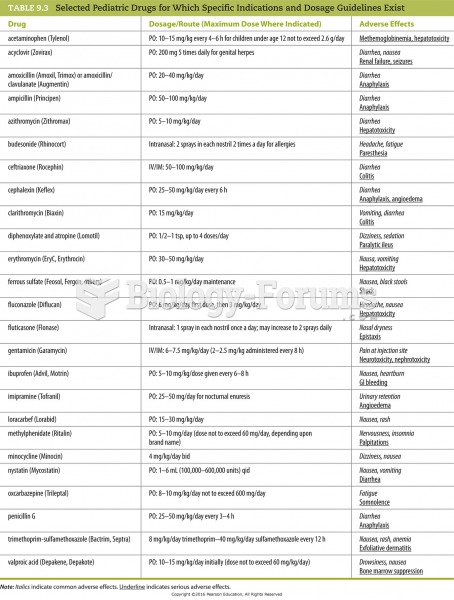Answer to Question 1
Answer: When designing deck slides, follow these guidelines:
Use short, sentence-style titles, called headlines. Compose each headline as if it were the topic sentence of a paragraph.
Position headlines to the left and use sentence case. Because headlines function as short sentences, graphically treat them like sentences, capitalizing only the first word. Do not center them or capitalize every word, as you would do with the titles in typical presentations. Although the headline functions as a short sentence, no period is required at the end. The only end punctuation that is required is a question mark if the headline is a question.
Develop slide content to support the headline. Be sure that everything on the slide relates to and supports the headline. If you have too much information for one slide, then develop a second slide on the topic.
Leave enough blank space so that your audience can focus their vision. It is better to write a few well-crafted, concise points than to include whole paragraphs on a slide.
Avoid using bullets for all your text. Slide after slide of bullets can make your audience lose attention. Instead, place text in tables or in text boxes arranged to show the relationship between ideas.
Whenever possible, use visuals to develop ideas. Do not rely only on words. Slides are a visual medium, so communicate your message by using graphics as well as words.
Answer to Question 2
Answer: Organizations use report decks for three main reasons. First, they are used when you need a written report and plan to present that report at a meeting, a report deck can serve both functions. Producing one document instead of two saves time and money. Second, producing that document in presentation software such as PowerPoint increases the chances that people will read the document, and it also facilitates discussion. As Eric Paley, the founder of a venture capital company says, Quick to read and easy to edit collaboratively, slide decks are the most concise way to express an idea for discussion and decision making. Prose is great for one-way conversations, but it falls short for any type of engagement in a group. Finally, compared to word processing software, presentation software gives writers a great deal of control in designing a page. It more easily allows you to place pictures, tables, and graphs in precise locations, page after page.







